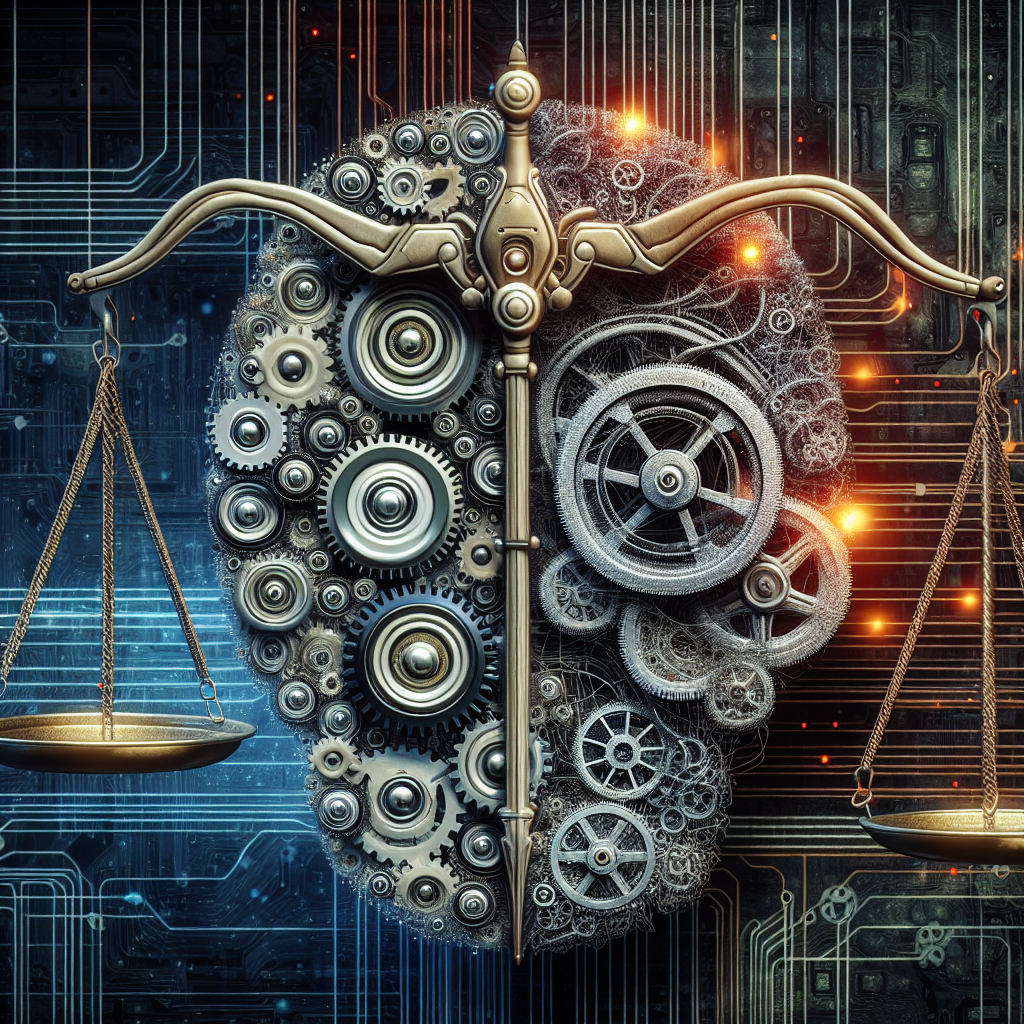Artificial intelligence (AI) is becoming deeply integrated into many aspects of our everyday lives, including self-driving vehicles and decision-making in fields like healthcare, finance, and criminal justice. While the advantages of AI are significant, the swift progress of this technology has prompted essential discussions about accountability, particularly in instances where algorithms falter. As machines increasingly handle decision-making, pinpointing who is accountable for the outcomes becomes a complex issue.
The Growth of AI: Possibilities and Concerns
AI systems aim to boost efficiency, deliver insights, and automate decision-making processes. For businesses, this translates into enhanced productivity and reduced costs. For individuals, it can signify personalized services and better access to information. Nonetheless, reliance on algorithms introduces risks—mistakes in judgment or unexpected results can result in serious consequences. This has ignited considerable debate regarding accountability in AI.
Categories of AI Failures
AI failures can stem from a variety of factors:
-
Data Bias: AI systems are trained using historical data, which may contain inherent biases. A biased dataset can lead to unfair outcomes, such as in hiring algorithms that disadvantage certain demographic groups.
-
Technical Errors: Algorithms can fail due to programming mistakes, hardware malfunctions, or unexpected interactions with other systems. For instance, an autonomous vehicle might inaccurately interpret sensory information, resulting in accidents.
- Misinterpretation: AI may sometimes misread context or intent, leading to decisions that do not align with human values or ethical standards.
Who is Responsible?
The issue of accountability in AI is intricate, involving multiple stakeholders:
-
Developers and Engineers: The creators of AI algorithms hold significant responsibility. They must ensure that their systems are designed to be fair, safe, and efficient. However, the complexity of AI makes it challenging to anticipate every potential failure.
-
Organizations and Companies: The companies that deploy AI technologies are accountable for how these technologies are implemented and monitored. If a company uses biased technology in hiring processes, it may face legal action for discrimination.
-
Regulators and Policymakers: Governments have a vital role in creating frameworks that ensure responsible use of AI. They can establish regulations and guidelines that hold companies accountable for any harm caused by AI systems.
- End Users: Users of AI systems share some responsibility, especially in understanding how these systems function and making informed decisions regarding their use.
Legal and Ethical Considerations
As AI becomes deeply rooted in society, legal systems are challenged to define liability in instances of failure. Traditional accountability concepts may not apply adequately to machines making decisions. Courts and regulators are investigating various frameworks to tackle this, including:
- Strict Liability: Holding developers and companies accountable regardless of fault.
- Negligence Standards: Evaluating whether developers acted with reasonable care in the design and deployment of AI.
- Collective Accountability: Acknowledging that responsibility may be shared among multiple parties.
From an ethical standpoint, there is a growing agreement that companies should adopt a “human-centered” approach to AI development. This entails ensuring transparency, fairness, and accountability throughout the AI lifecycle.
The Path Ahead: Ensuring Accountability
To effectively navigate the accountability landscape in AI, several strategies can be implemented:
-
Regulatory Frameworks: Governments must create clear guidelines and regulations to govern AI development and use, ensuring that accountability is embedded in the technology.
-
Ethical Guidelines: Industry standards and practices should foster ethical AI design, including regular bias and fairness audits.
-
Public Awareness: Enhancing public understanding of AI functionalities and potential risks can empower users to navigate these technologies more responsibly.
- Collaborative Accountability: Encouraging partnerships between industry, academia, and government can cultivate shared responsibility for AI outcomes.
Conclusion
As AI continues to advance, the significance of accountability will only increase. Establishing clear lines of responsibility is crucial to ensure that these technologies offer societal benefits while minimizing harm. By addressing these concerns collaboratively, we can design a framework that supports ethical AI development and guarantees accountability when algorithms fail. The future of AI depends not only on technological progress but also on our collective dedication to a responsible, fair, and transparent implementation approach.

